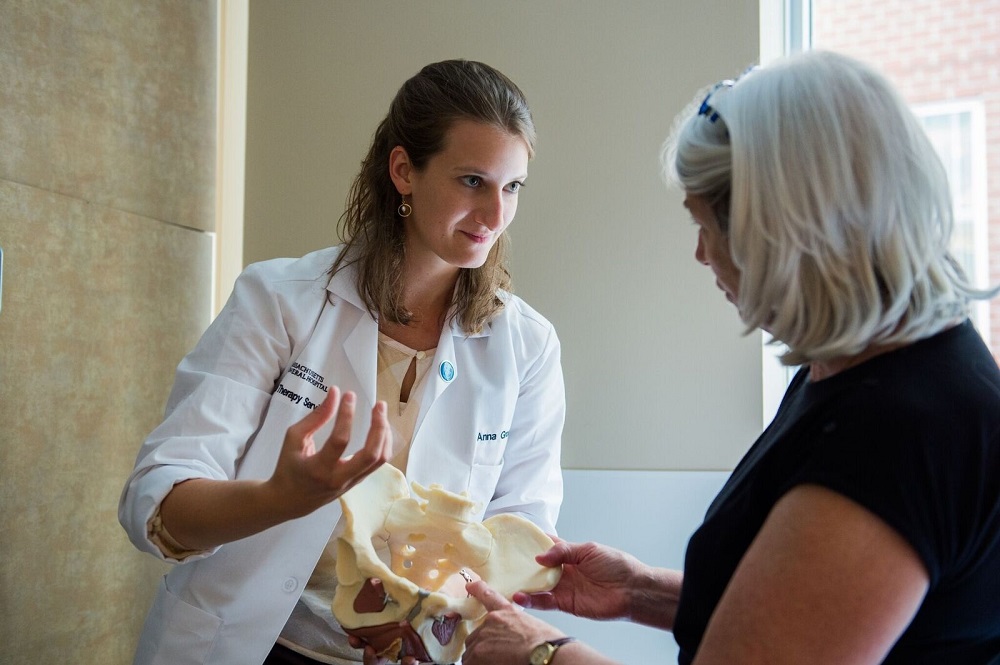When You Can’t Sleep: How CBT-I Can Help
CBT-I is considered by many clinical guidelines to be the first-line treatment for chronic insomnia before, or instead of, prescribing sleep medications. Learn more.
Patient EducationDec | 16 | 2019
One in three women struggles with a pelvic floor disorder, but many do not seek treatment. Learn more about these disorders.
The pelvic floor is a network of muscles, ligaments and tissues in the lower abdominal area. It acts like a hammock to support the uterus, vagina and rectum. Pelvic floor disorders are caused by tears, weakness or poor function of the muscles and nerves in the pelvic floor.
Sometimes the start of symptoms related to a pelvic floor disorder is so gradual that women get used to them, or they don’t even notice them until something major occurs. But for many women, pelvic floor disorders worsen with time.
Whether it’s a frequent urge to urinate or an inability to control bowel movements, pelvic disorders are uncomfortable and embarrassing. As a result, they are also underreported and underdiagnosed. Many people also believe that they can’t be corrected.
“In the past, incontinence was something women just suffered through silently. But today more and more women are learning that there are many options, both surgical and non-surgical to address a variety of pelvic floor disorders,” explains May Wakamatsu, MD, director of Urogynecology and Reconstructive Pelvic Surgery in the Department of Obstetrics and Gynecology and co-director of the Pelvic Floor Disorders Center at Massachusetts General Hospital.
Learn more about types of pelvic floor disorders.
Mass General is home to a world-class team dedicated to comprehensive, one-stop treatment of pelvic floor disorders.
CBT-I is considered by many clinical guidelines to be the first-line treatment for chronic insomnia before, or instead of, prescribing sleep medications. Learn more.
A new generation of textiles—engineered for performance, comfort, and recovery—are redefining what it means to dress for a workout. Learn more.
Find reading recommendations for families on how to understand and navigate when someone they care about is seriously ill.
Browse through book suggestions and additional resources for children and teens who are grieving.
There is no right or wrong way to handle grief that comes around the holidays. Learn how to plan ahead and focus on your needs using this resource.
Personal journal writing is described as a tool for self-reflection and growth during bereavement. Learn how to show up for your feelings using these ideas and journal prompts.
